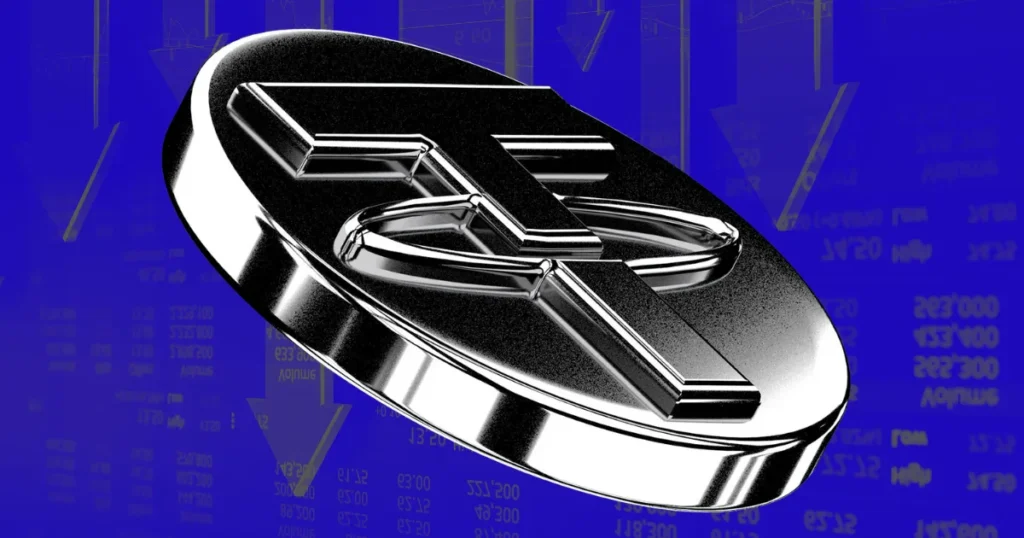Tether’s USDT, the largest stablecoin by market capitalization, is facing a major change as it is delisted from EU exchanges starting today. The move sparked a wave of fear, uncertainty, and doubt (FUD) in the crypto market.
Crypto analyst Axel Bitblaze suggests that this could actually present a unique buying opportunity, much like previous Tether-related FUD events. In a market where volatility is the norm, this latest development raises interesting questions about the future of stablecoins and the crypto market as a whole.
Keep reading to find out why experts aren’t as concerned as the headlines suggest.
Why is USDT removed from EU exchanges?
The delisting of USDT follows the European Union’s new MiCA regulations, which impose strict rules on stablecoin reserves. Tether failed to meet these reserve requirements, forcing EU exchanges to delist USDT. However, this does not make USDT illegal in the EU.
According to Bitblaze, crypto investors in the EU can still hold USDT in non-custodial wallets and trade them on decentralized exchanges (DEX). The restriction only applies to trading USDT on MiCA-compliant exchanges.
Is the Stablecoin market in trouble?
Despite the FUD surrounding Tether, Bitblaze emphasizes that the stablecoin market is still strong. USDT maintains a market capitalization of $138.5 billion and a daily trading volume of $44 billion, 80% of which comes from Asia. Bitblaze reassures investors that the value of their assets does not depend on the stablecoin they used to purchase them.
Whether you use USDT, Bitcoin, or fiat currency, your assets are safe as long as they are stored properly. In fact, Bitblaze suggests that this situation could prove more bullish than bearish.
Tether has remained resilient
Bitblaze reminds us that Tether has faced similar FUD in the past and has always bounced back. For example, in October 2024, when the US government launched an investigation into Tether, the price of Bitcoin dropped by $2,000 within minutes. However, after Tether’s CEO denied these claims, Bitcoin quickly recovered, rising 43%.
Other FUD events, such as the UN accusations and attempts to unpeg USDT, caused temporary price declines but were followed by sharp rises.
- Read also:
- Tether invests $775 million in Rumble, aims for AI dominance by 2025
- ,
Tether FUD: a buying signal?
Bitblaze believes that FUD related to Tether has always been a sign of buying opportunities. These events tend to occur either when the market is at its lowest level or during an uptrend. He suggests crypto investors take screenshots of current prices and revisit them in February or March 2025. He predicts that most assets will be worth a lot more then.
Despite the EU delisting, USDT is expected to remain a dominant force in the stablecoin market. As its market capitalization and demand continue to rise, this short-term setback is unlikely to change USDT’s long-term outlook.
Never miss a beat in the crypto world!
Stay ahead of the curve with breaking news, expert analysis and real-time updates on the latest trends in Bitcoin, altcoins, DeFi, NFTs and more.
As the market responds and adapts, Tether’s long-term journey remains one to watch closely.

